Reverse Engineering SNOT
I have written six articles covering the many aspects of SNOT that I think are necessary for an advanced LEGO builder to know about. In this article, however, I will focus on how I learned many of the tricks I know and how to think when applying SNOT to your MOCs. It's time to talk about reverse engineering, or more specifically, the Reverse Engineering Contest (REC).

I participated in my first REC competition in 2014. It is actually one of my most precious moments so far in my AFOLhood. It was basically a LEGO SNOT puzzle that you were challenged to recreate. A new puzzle was released every week, and if you didn't solve it you didn't get any points. That basically meant you wouldn't win, so it was an equal mix of stress and delight. I made it to the final challenge, which I failed. But it was such a great experience, and I learned invaluable lessons about SNOT that I still have great use of.
What I didn't realize until later was that REC actually gave me the tools I needed to reverse-engineer my own ideas! What I mean by that is that I can have an image in my head of what I want to achieve, and then I can mostly solve it—if I treat it as a REC challenge. It's super useful for me as a LEGO builder.
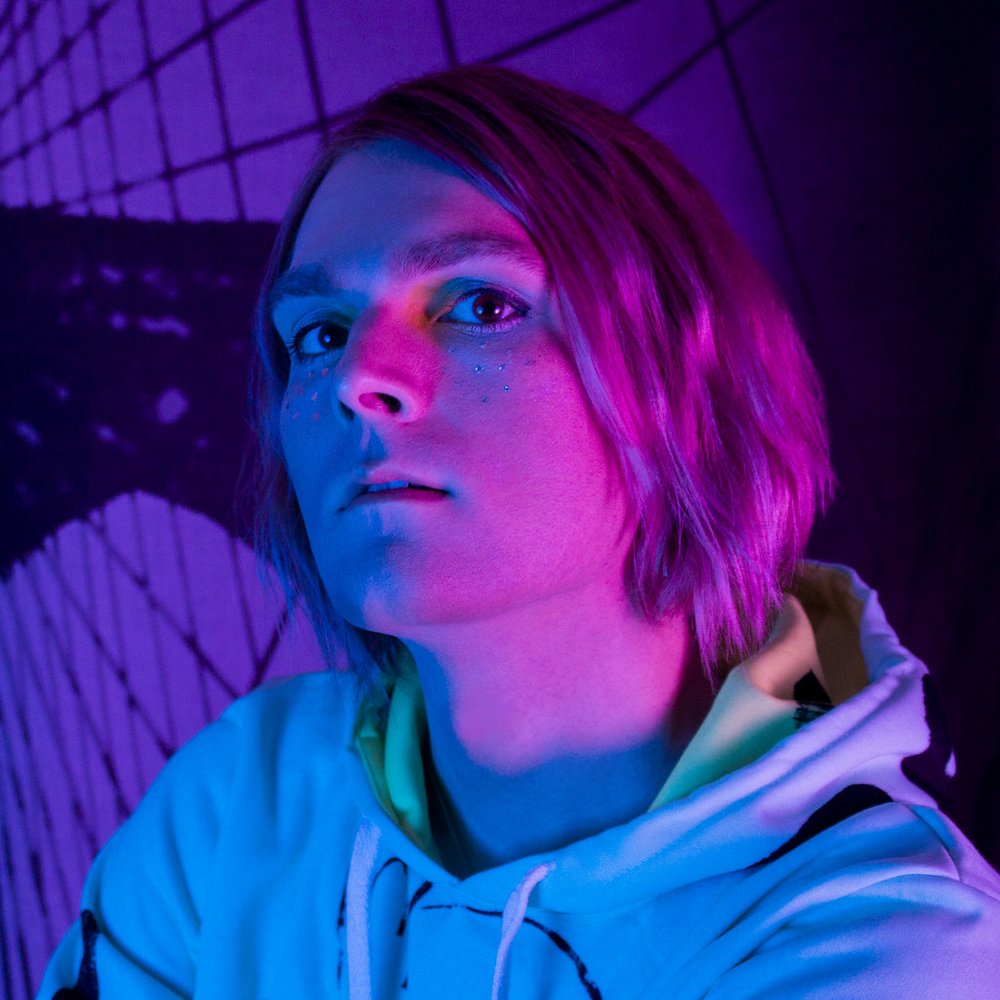
In this article, we will look at how you can attack SNOT puzzles with a few examples. And I’m excited to reveal that helping me with this article is the one responsible for this whole REC business, Rylie Howerter!
I have been following Rylie on Flickr since my early AFOLhood, around 2013. I think the first image I saw was the Modulex/system compatibility analysis. Rylie’s feed has since then been a reference for clever NPU, connection techniques and color charts.
Chat With A Master Reverse Engineer
Oscar: Before we focus on REC, can you tell us a little bit about yourself?
Rylie: I’m Rylie, a 30-year-old graphic designer from Fort Collins, USA. The part I play in the LEGO community is a mix of historian, collector, color fanatic, and sometimes-builder—I’m trying to bring back more of the latter lately as I start working on MOC projects again!
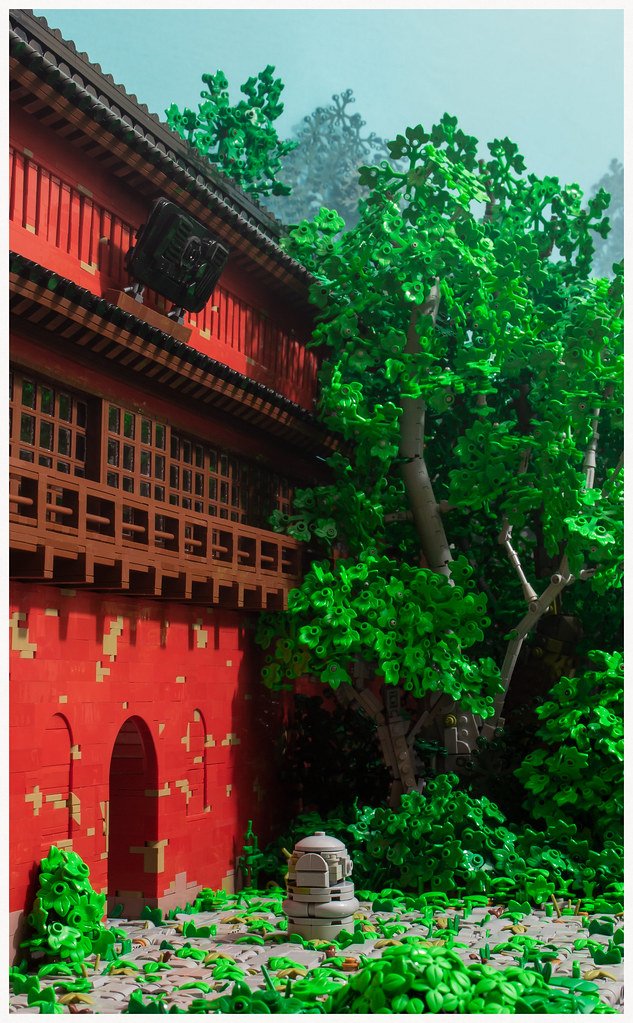
One of Rylie´s impressive MOCs
Oscar: What is your relationship to LEGO? Have you been hooked since childhood?
Rylie: Basically, yes. I think my first set was a Duplo bucket in 1994, then asking for LEGO for every holiday through to the 2000s. The way I engaged with LEGO has varied; there was a time when I kept all my sets built and used them as playsets to make stories about with my brother, and another when I was deeply into making Bionicle MOCs — but LEGO has always been there for me in some way.
Oscar: I see that you have been active on Flickr since 2009. Was that your first interaction with the AFOL community?
Rylie: I discovered the online AFOL community around 2006 and spent all my free time poring over MOCs on BrickShelf and Flickr. The next couple of years were probably the most prolific building I’ve ever done; these days, I’m lucky to get a MOC or two in each year. But I’ve just recently unpacked my collection from the last move, so hopefully I can get something new out.
As for the community, it was mostly Flickr for a long time, but I've also been to many Brickworlds, one BrickCon, and this year I actually managed to visit Billund. Hopefully I can go back soon!
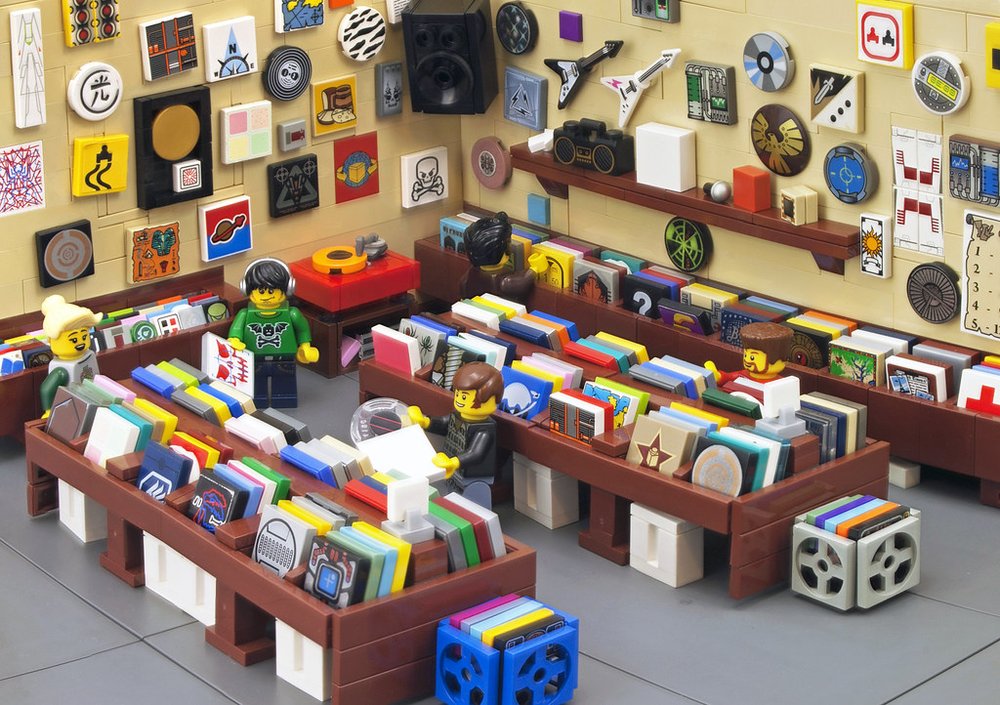
Another one of Rylie´s MOCs
Oscar: Can you tell us about your LEGO Color Project? How did you get so interested in the LEGO color palette?
Rylie: That started as a graphic design class project actually. I wanted to make a timeline infographic showing when the colors were used, but the more I dug into it, the more incomplete, outdated, and even contradictory the existing resources seemed. So I created my own spreadsheet, which after years of talking colors with other AFOLs, grew into my color database.
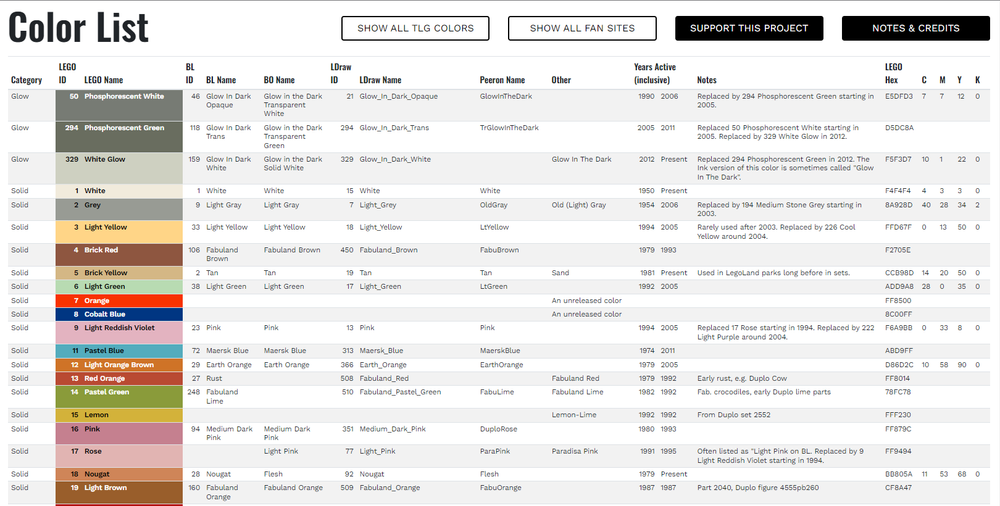
Along with that, I created a second Flickr account where I post a photo of every single color I can find, for ease of comparison and discussion (driven by my own compulsion to generate content™). It's all a perpetual work in progress—I'm always correcting it and adding to it as we learn more because I know something like this is only as useful as it is up-to-date.
Reverse-Engineering
Oscar: So, let's talk about REC. What caused you to start this contest? Where did you get the idea?
Rylie: It started as the Reverse Engineering Contest in 2010 — I don't really remember what inspired it, but I know I was searching for fun new ideas for community contests at the time, and this was something I hadn't seen done before. People would reverse-engineer each other's MOCs to learn techniques or just to display, but I wanted something that celebrated the act of reverse-engineering itself.
The contest was (what I considered) a huge success, so I ran it again the next year. Flickr user "q_159" took over to run REC III, then I did IV. By that point it had become a bit overwhelming — I think I was vetting 120+ answers each week at first, and I had to keep adding tiebreakers for weeks at the end. It wore me out, but it was very fulfilling to see everyone enjoying the puzzles!
Oscar: Yes, I can imagine that was a lot of work! :D I remember how many contestants expressed their awe and gratitude afterward.
How to Reverse Engineer a LEGO Build
So, how should you go about solving a REC Challenge? Let’s dive into it.
EXAMPLE 1 - 2x2x2 cube core
This is not actually an example of a puzzle from any of Rylie’s REC challenges. It is just a simple start to give you an idea of how it works. You need to build a cube where the core is 2x2x2 studs and the plates on the outside need to be connected. The puzzle looks the same from every direction. There are many solutions, and if you think it's too easy, try to use 2x1 plates on the outside instead of 2x2 plates.
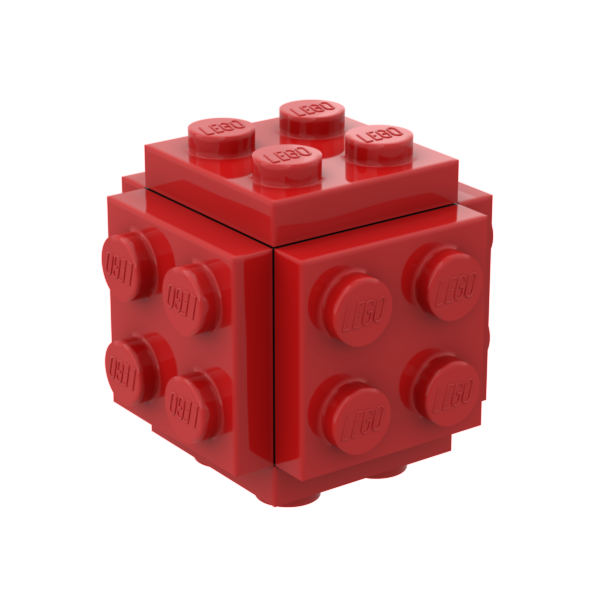
The first thing I do is to figure out the dimensions and the limits. In this challenge the core must be 2x2x2 studs and it needs to have at least one stud in every direction. After that I try to just find a core with those attributes. The easiest way for me is to use a digital building tool, like LDD or Studio.

above are some examples of solutions to the puzzle. How many can you figure out?
Easy, right? Let’s make it a bit trickier!
EXAMPLE 2 - REC IV, Week 1
This puzzle was featured in the first week in REC IV from March 2015.
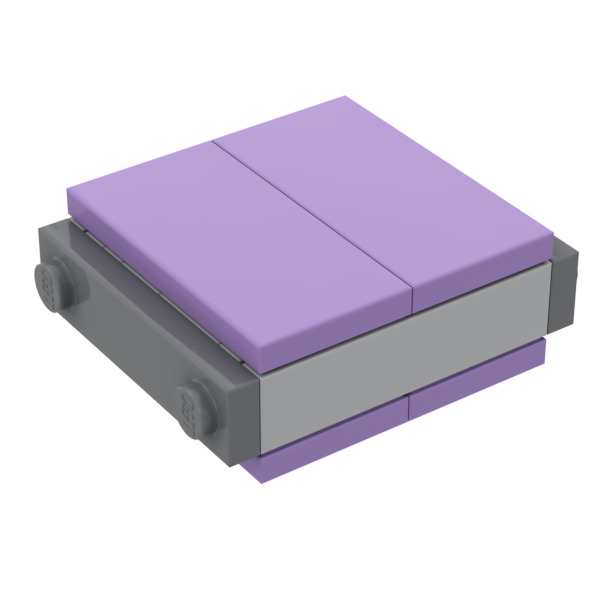
Let’s break it down. You need to have room for the 1x4 tiles on the sides and you need some studs outwards to attach the rest of the elements. The outer limits of the puzzle will look like this:
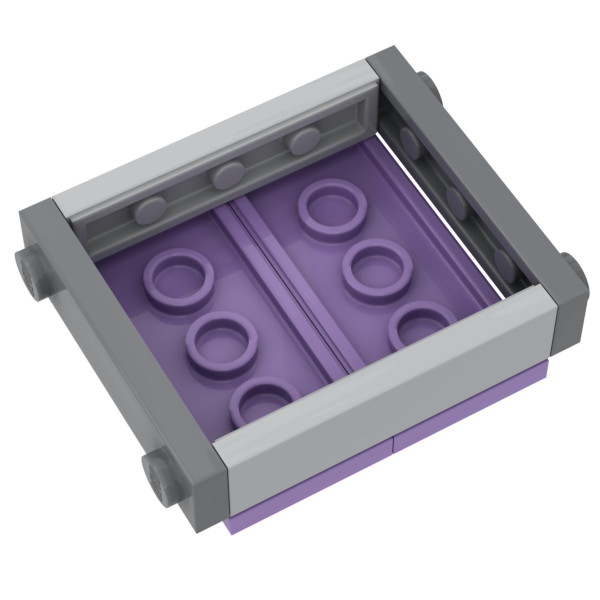
Once you have established the frame you need to figure out how to connect it. The 1x4 tiles are flush with the edges of the purple 2x4 tiles. There are several ways of solving this. You could aim to connect the individual parts of the frame separately to the 2x4 tiles, or you could aim to build the frame and then connect it to the rest. Here are some suggestions:

Brackets can be used but they don’t give us much internal stability.
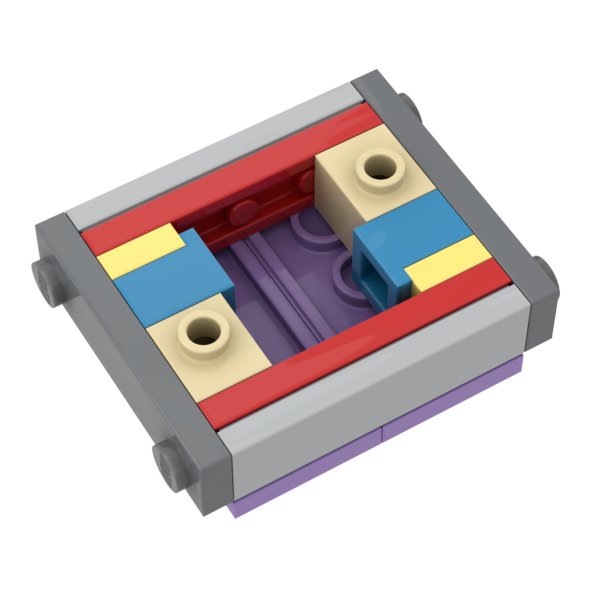
Headlight bricks are often a good replacement for brackets. This way you can also add 1x2 modified brick with studs on opposite sides to attach the 2x4 tiles.
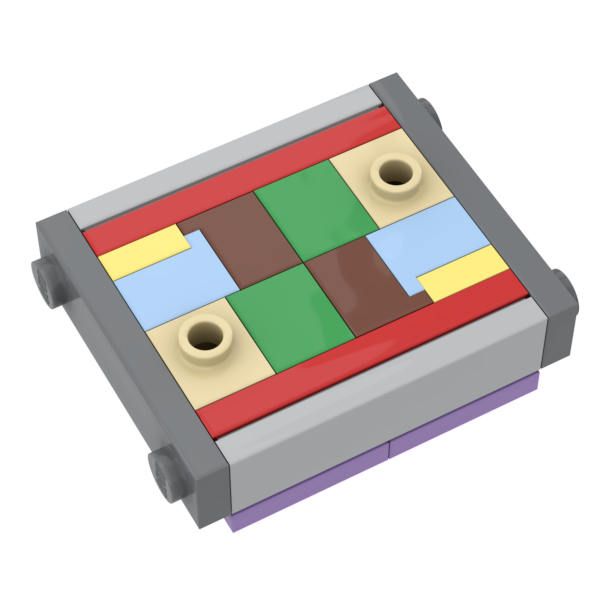
A possible solution
And now, back to my conversation with Rylie…
Oscar: You sometimes add restrictions to your puzzles when it would be too easy to solve. The challenge above had a “no Travis bricks” restriction (a 1x1 SNOT brick with studs on all sides). There was also a “no flex tube” restriction” My take was that you wanted REC IV to be as purist as possible.
Rylie: Exactly. There are a lot of official LEGO parts that can lead to unsatisfying solutions, at least for me — rubber bands, stickers, string, and so on. Flex tubing especially can be used as an easy way out when I really wanted people to think about the inherent mathematics of LEGO geometry. That's also why you don't see a whole lot of puzzles involving weird angles or clips that don't lock into a discrete position.
I also add restrictions on a per-puzzle basis—if a build is trivial with Travis bricks but otherwise requires much more elaborate geometry, I might say "no Travis bricks" just to guide people to a particular solution.
Practice Time
Here are a few other examples of REC challenges. See if you can solve them! The solutions will be shown at the end of this article. Click the images to see a larger version.
View fullsize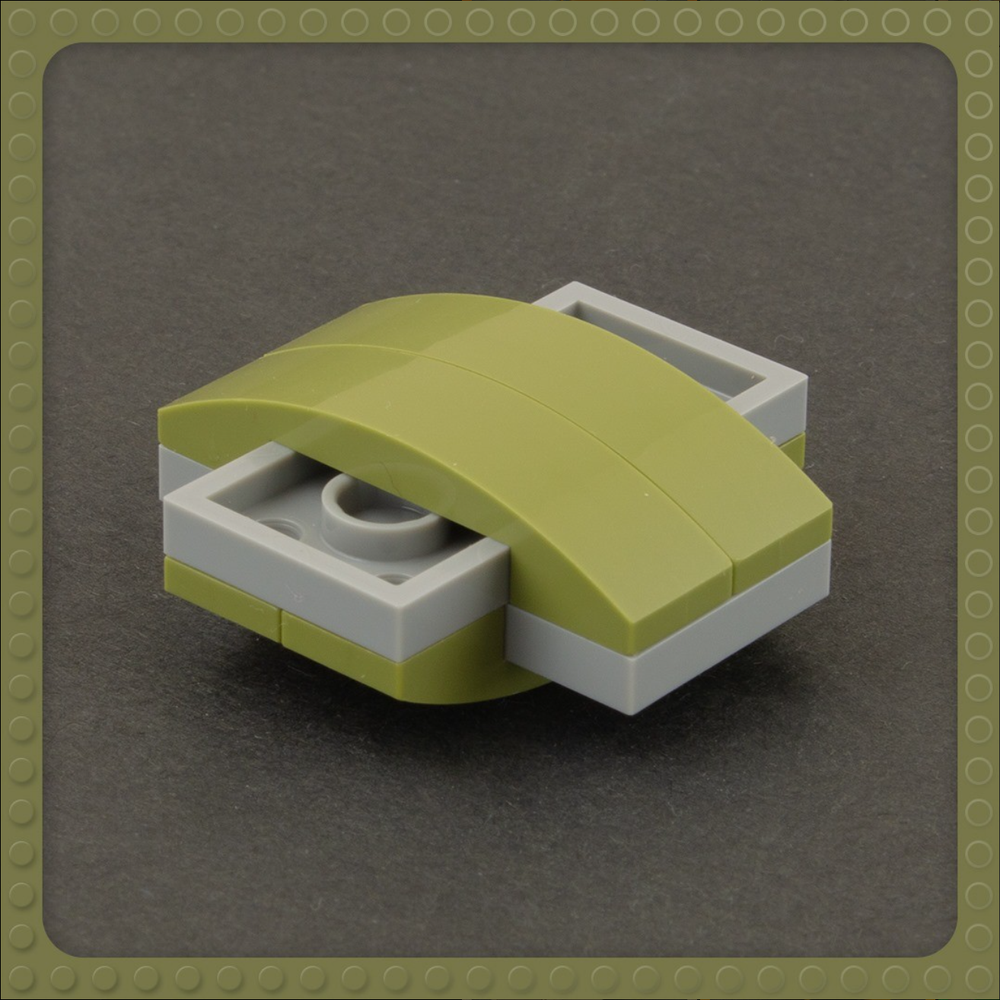
View fullsize
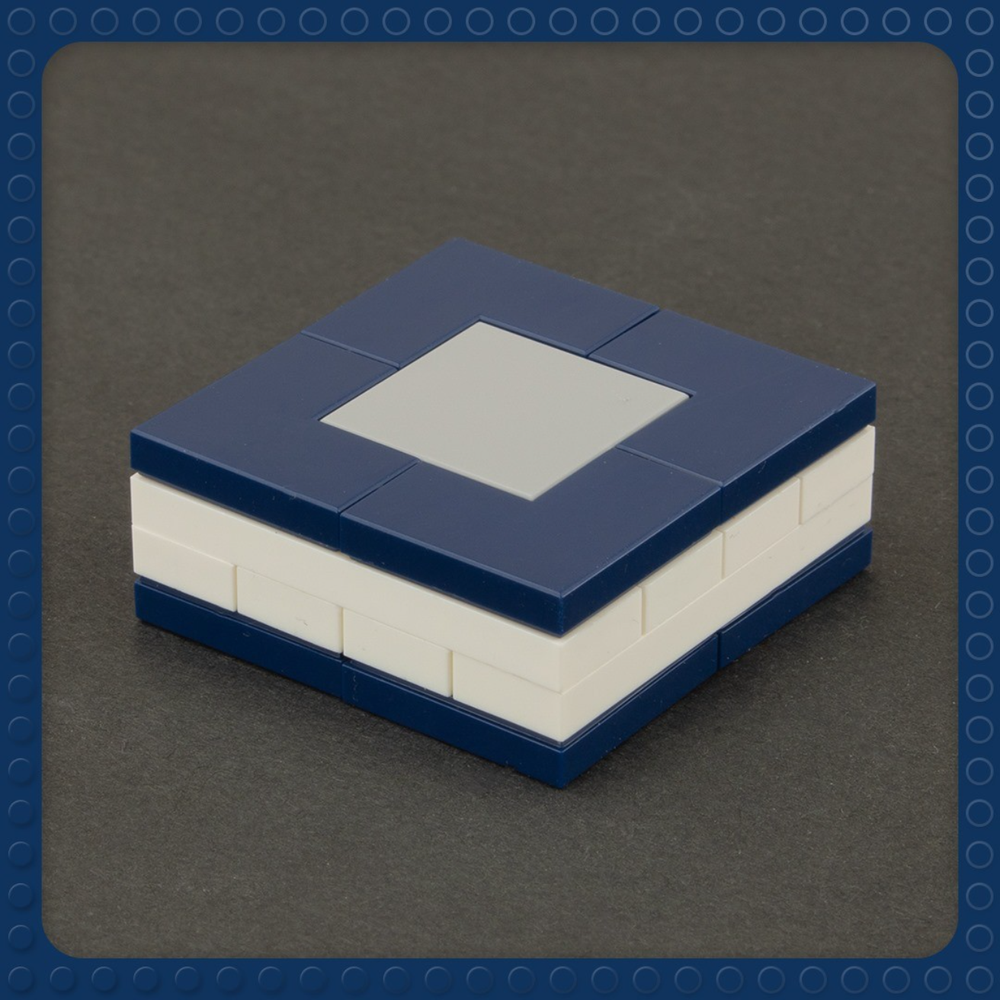
View fullsize
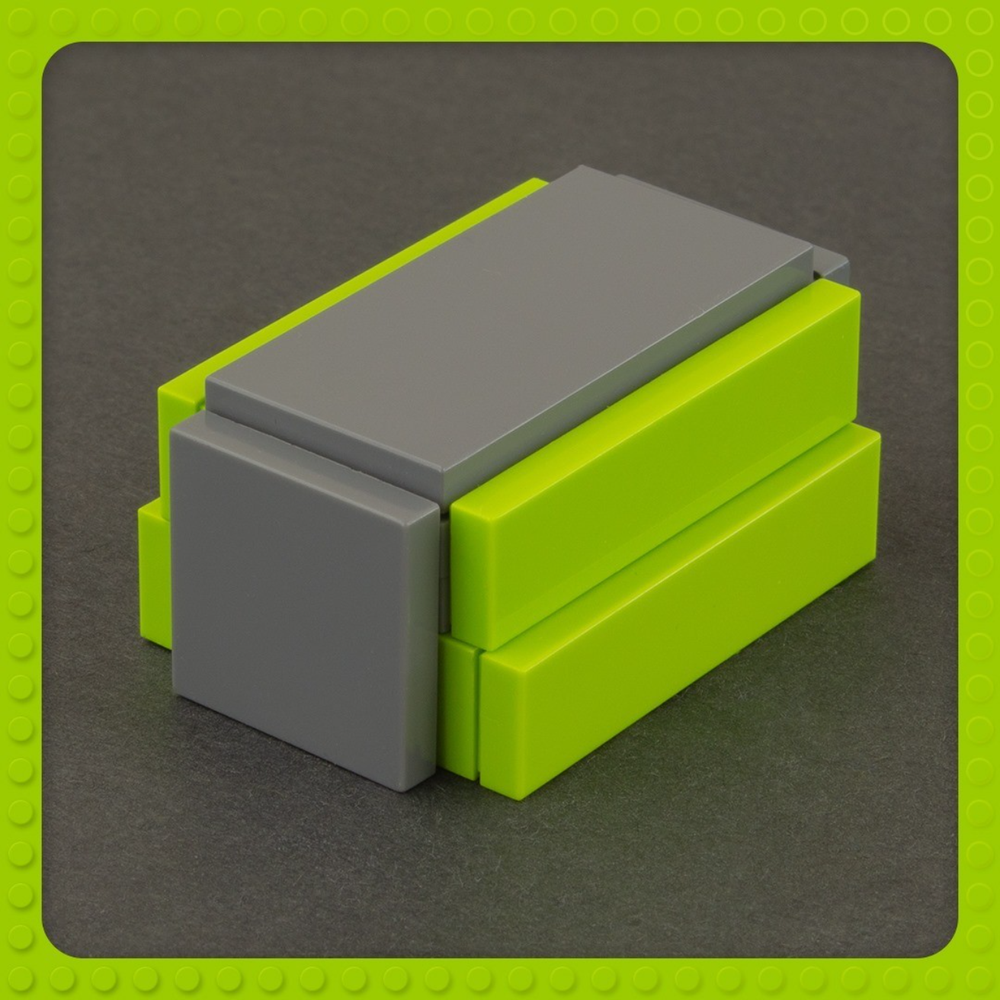
Oscar: In April 2020, in the middle of a raging pandemic, you started a new REC of sorts on Instagram this time. It was not so much a contest this time but more like a daily challenge where everyone could participate and try to solve your puzzles. Can you tell us about that?
Rylie: Four years after REC IV, I brought it back in 2020 as the Reverse Engineering Challenge—no prizes or scoreboard, no need for me to personally review every solution, just a series of daily puzzles on my Instagram account. I liked that people could miss a day or jump in at any time instead of facing elimination. I think this more casual format was very well-received when a lot of AFOLs were stuck at home by the pandemic, looking for activities to do. It ran for over 150 days, not counting a month-long intermission in the summer.
And I must mention that in every REC since the second, puzzles have been crowdsourced—I can't come up with all of them! It's a real community effort to put REC together. I've just been the host.
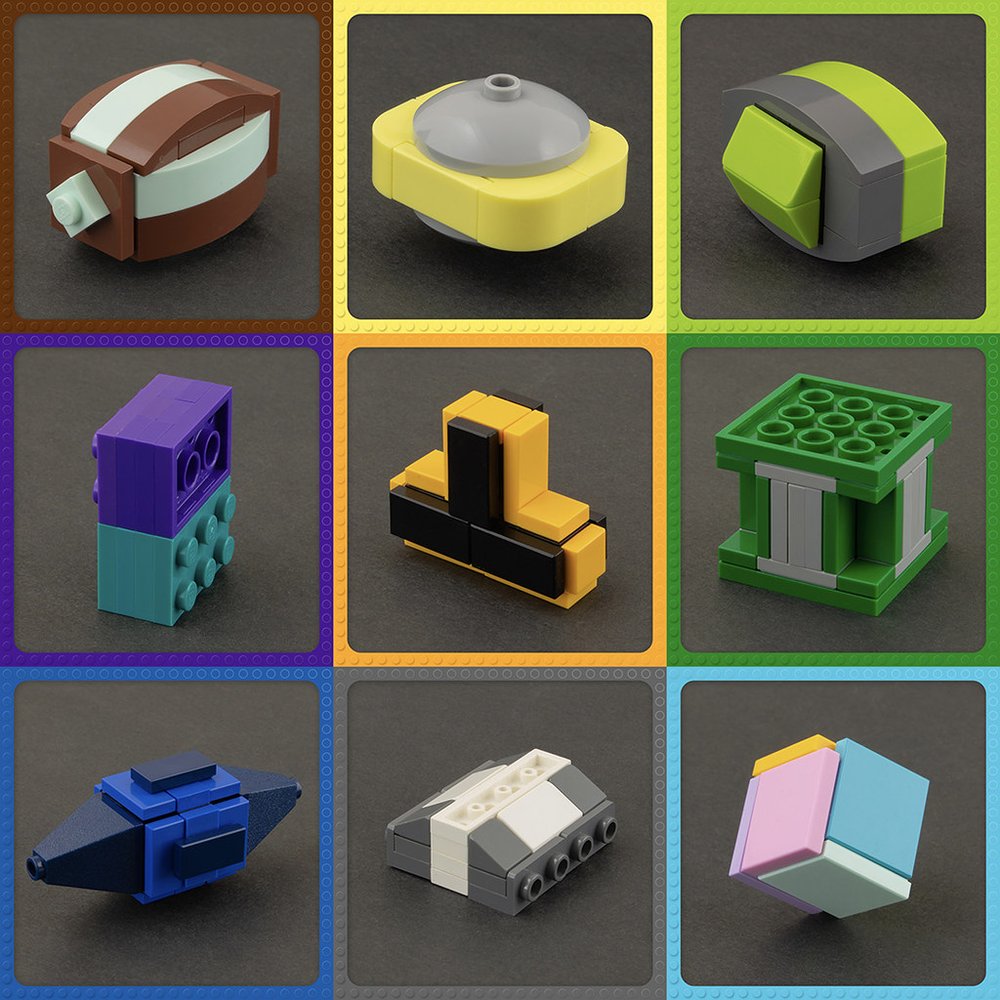
Oscar: Did you want to reach a bigger audience with Instagram compared to Flickr?
Rylie: At the time I had a much smaller following on Instagram than on Flickr, but it feels like the community has largely moved on from Flickr. It's kind of sad to me—it's much more dispersed than it used to be; some people moved to Instagram, others to various Facebook groups, still others to Discord, so there isn't one good place to post things anymore. Honestly I might have kept it on Flickr if I wasn't already near the 1000 photos upload cap.
Oscar: Many of your puzzles were a lot harder to solve eight years ago. We’ve received so many more awesome SNOT elements in the last few years. What is your opinion on this?
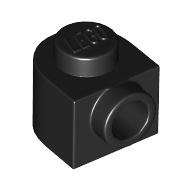
New elements like this “swivel SNOT” are great for MOCs but make it harder to create challenging puzzles.
Rylie: It's hard! There's a part of me that cringes every time a fancy new bracket or modified brick comes out, even though as a MOC builder I'm really excited to play around with them. There have been a lot of puzzles that needed revising or scrapping upon the release of a new part, but I'm really okay with that since it usually opens up opportunities for other new puzzles to come into existence, too.
I haven't revisited the puzzles since part 3386 came out, though, so maybe they're all super easy now.
Oscar: I know you didn't create all the challenges yourself, but what is the process of creating a new puzzle?
Rylie: I think the most common way I come up with a puzzle is by playing around with small parts until I find an interesting core, then see if I can cover it up in a way that both obscures the core but also doesn't allow for too many alternative solutions. (Note: you can never anticipate every solution, someone will always surprise you!)
Another way is to design what you want the exterior to look like, and then try to figure out how to connect it all. This is almost exactly like solving an existing puzzle, with the added bonus that you don't know for sure if it CAN be solved.
And lastly, just build MOCs without thinking about reverse engineering, and if you happen across an interesting technique or section of your build, maybe it can be converted into a puzzle!
Oscar: Do you have a favorite puzzle from all of the RECs?
Rylie: The one I'm proudest of is this one—it only uses a few part types, and the vast majority of them are visible, but it's still so twisty.
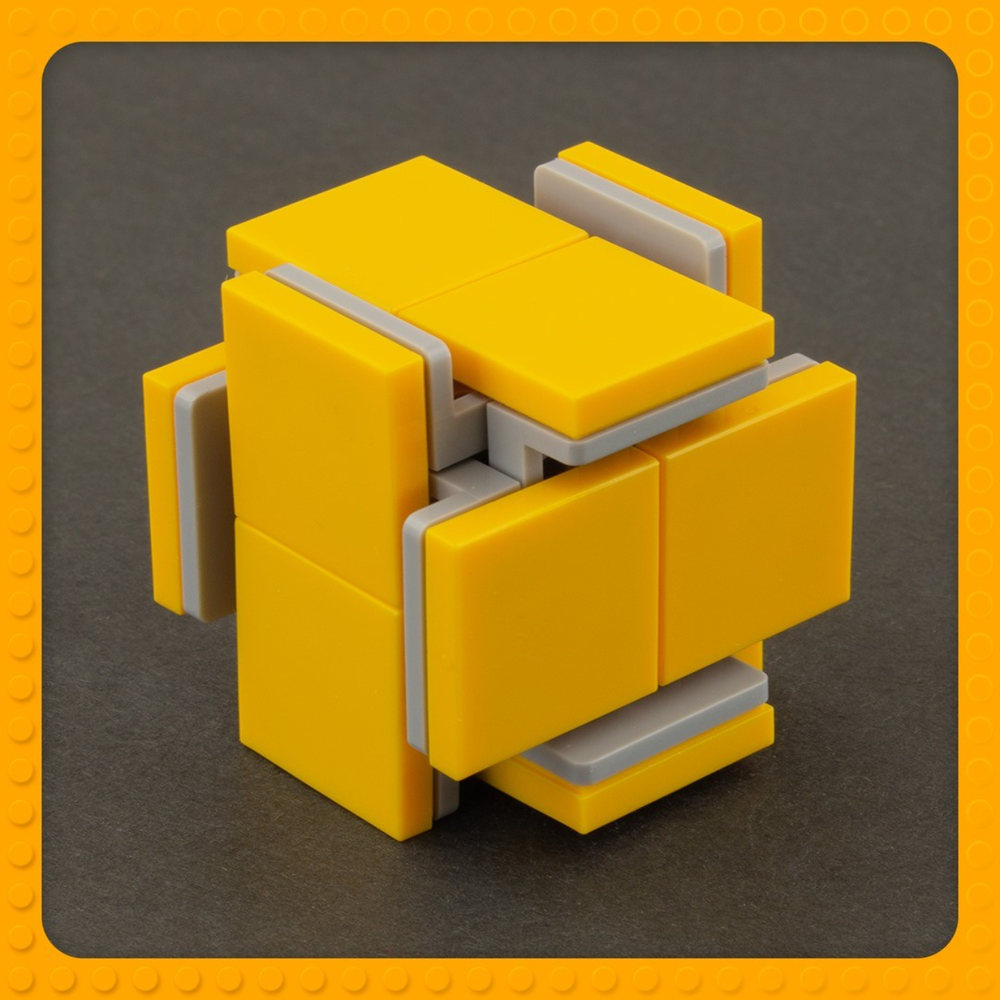
But I think my favorite overall is this cube by Gonkius. It's just so deliciously precise and a great example of how many solutions a single shape can have.
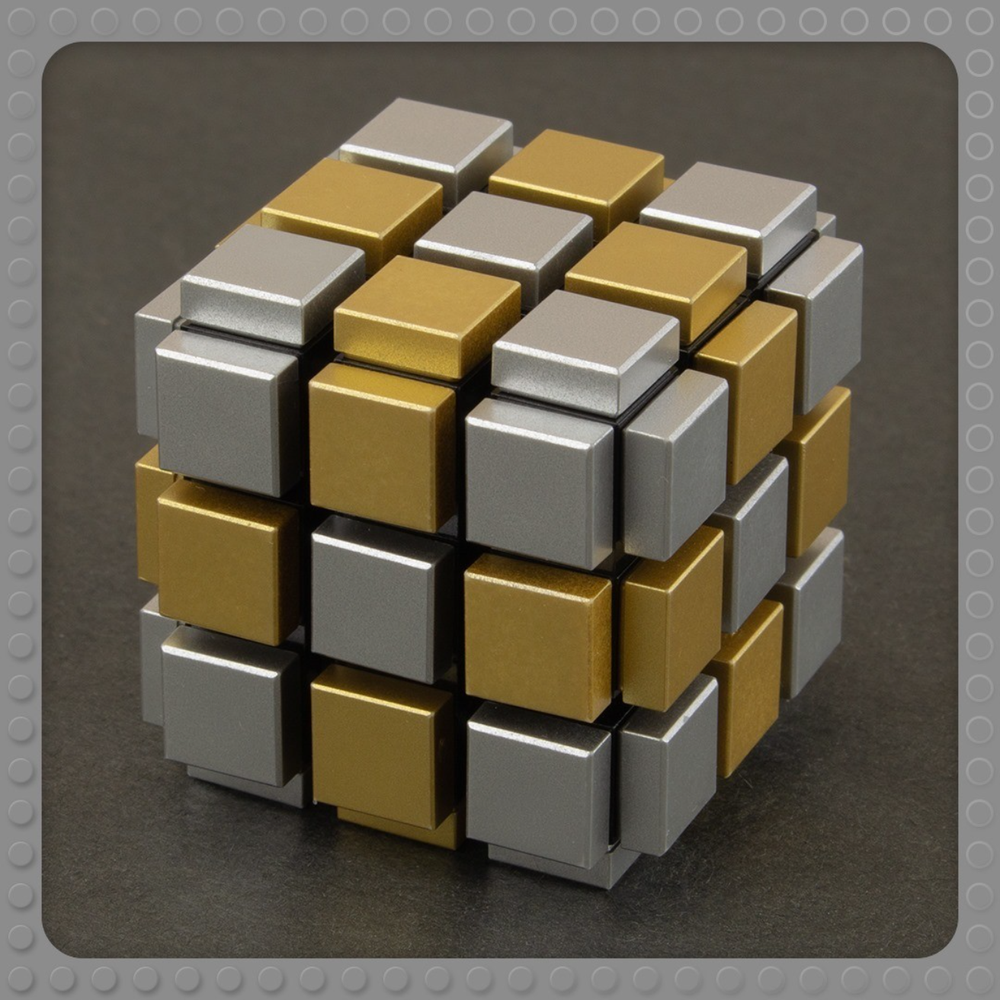
Honorable mention goes to this one of mine, which is really just a MOC that later became an REC puzzle—it’s a dense chunk of messy messy geometry inside.
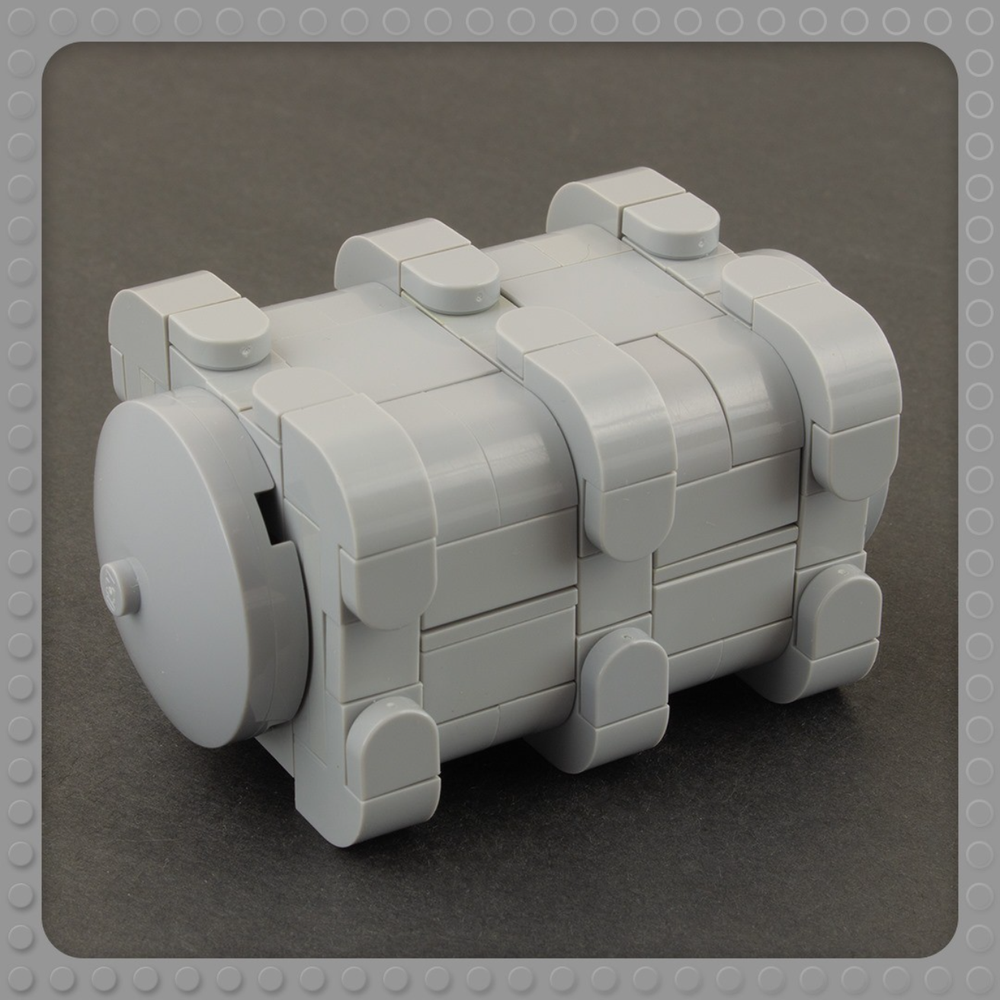
Oscar: Do you have any puzzles that you weren’t able to show us in your last challenge that you would like to share?
Rylie: I have! Here are a few that have never been published that I’ve had sent to me as well as some of my own, so you can try your hand at reverse engineering them!

REC 158 by Jack Porter
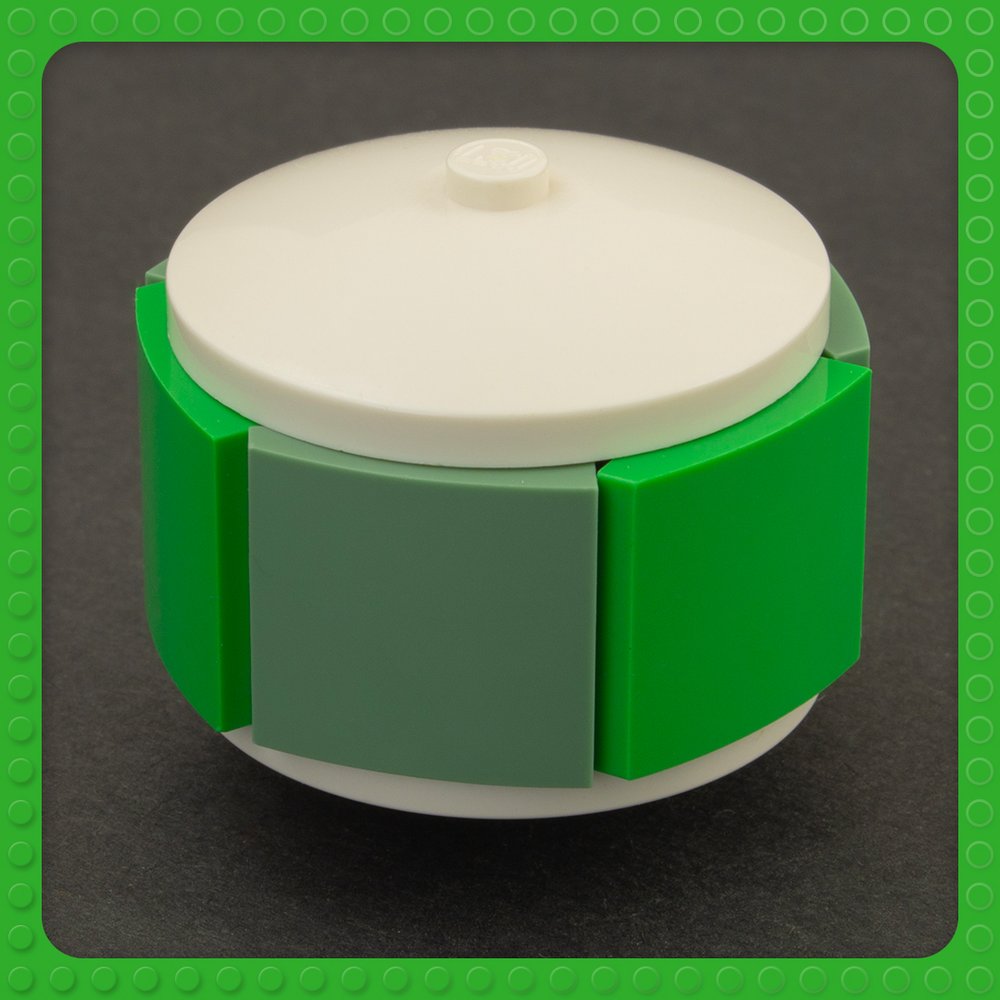
REC 159 by Jack Porter
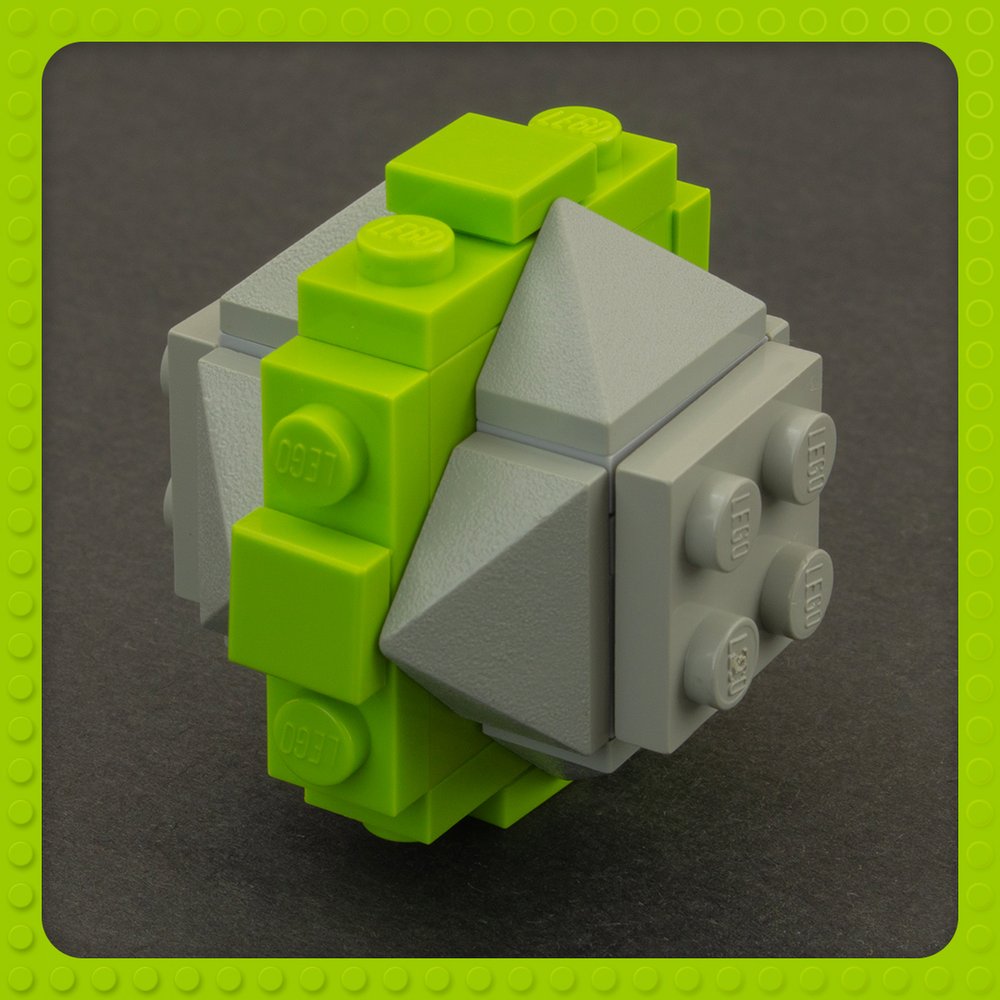
REC 160 by Jack Porter
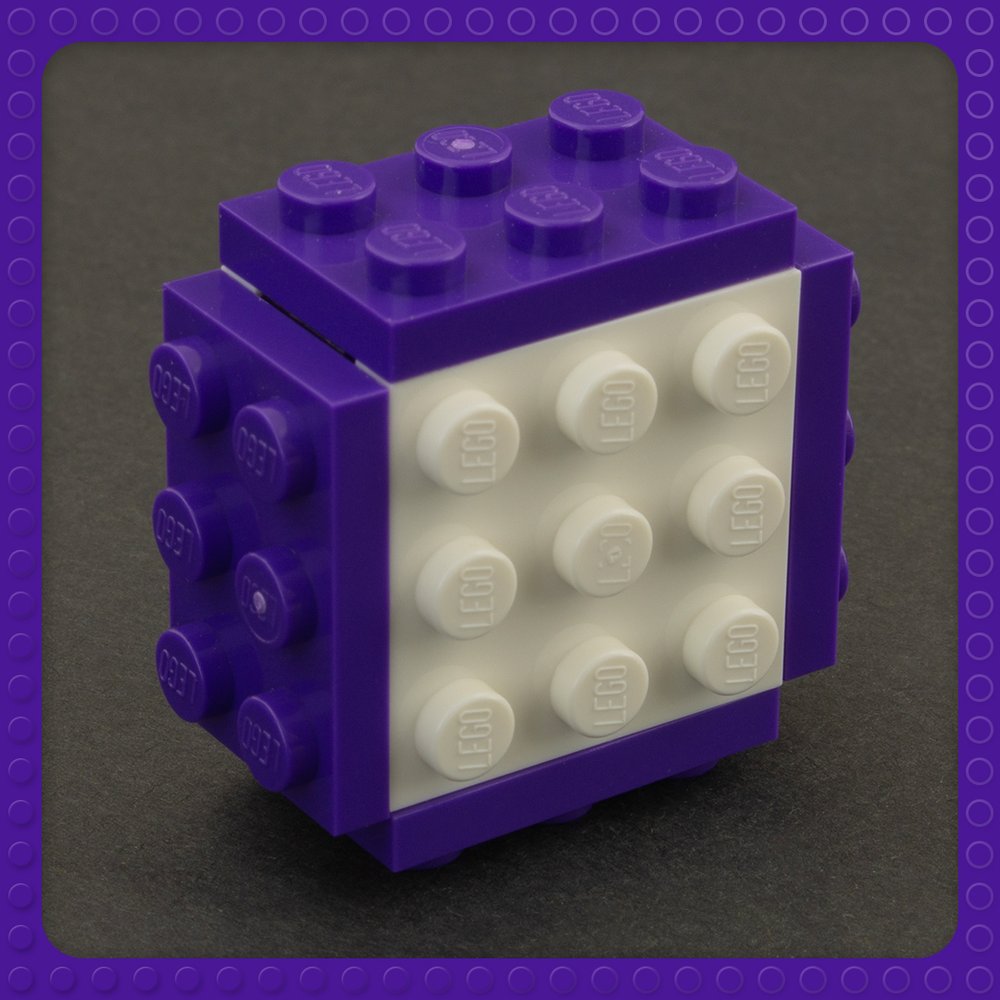
REC 161 by Jack Porter
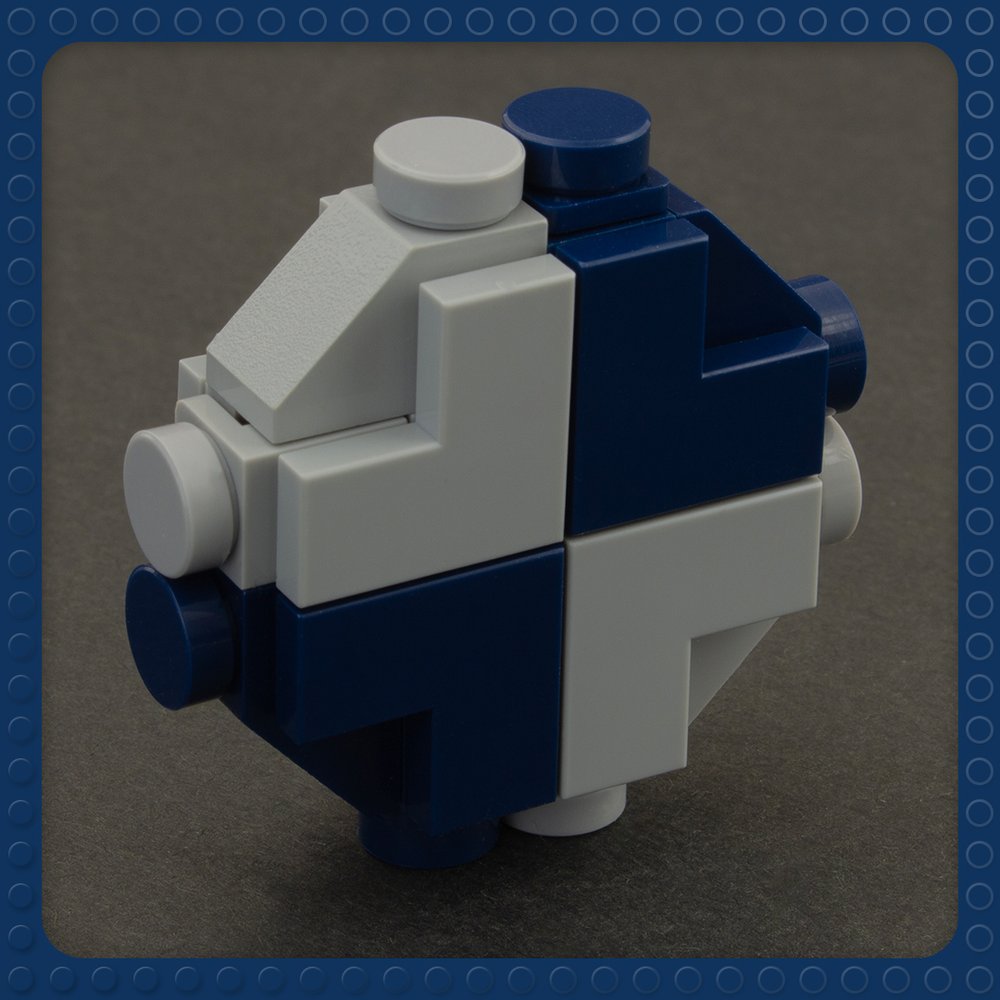
REC 162 by Jack porter
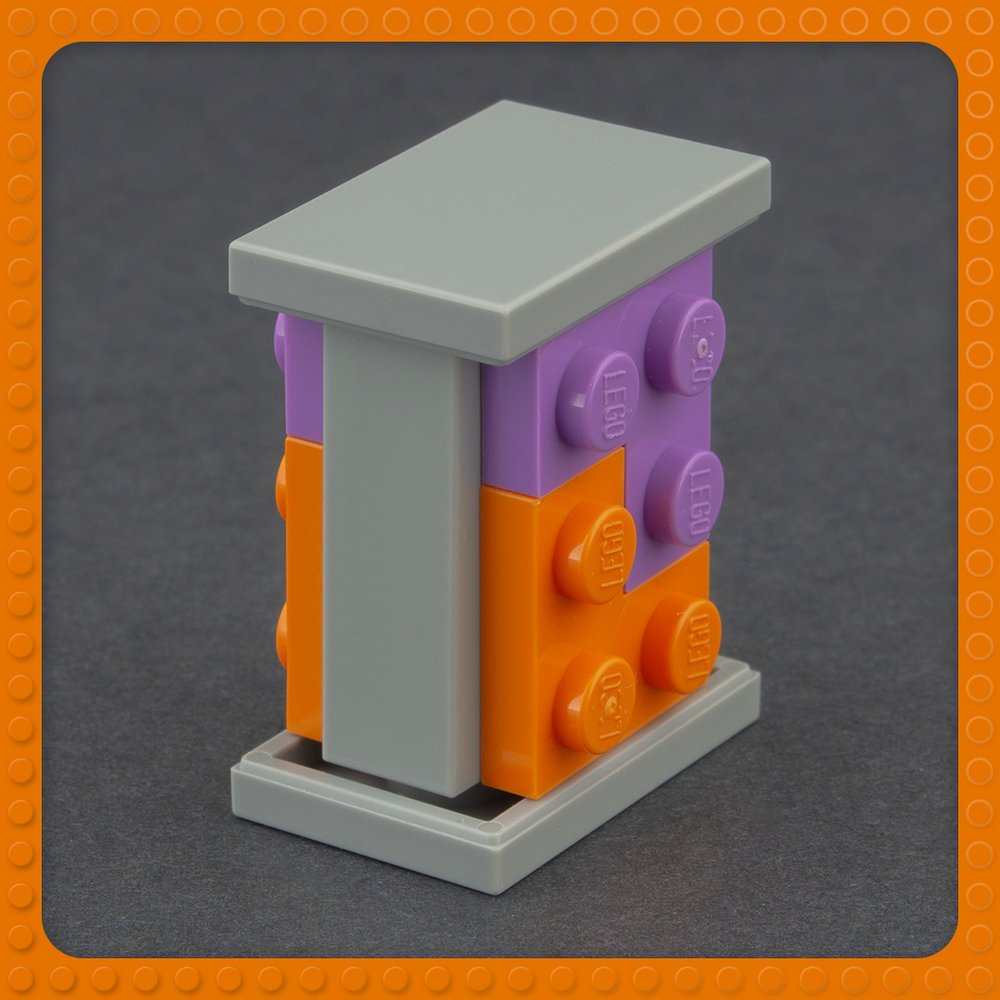
REC 163 by Rylie Howerter
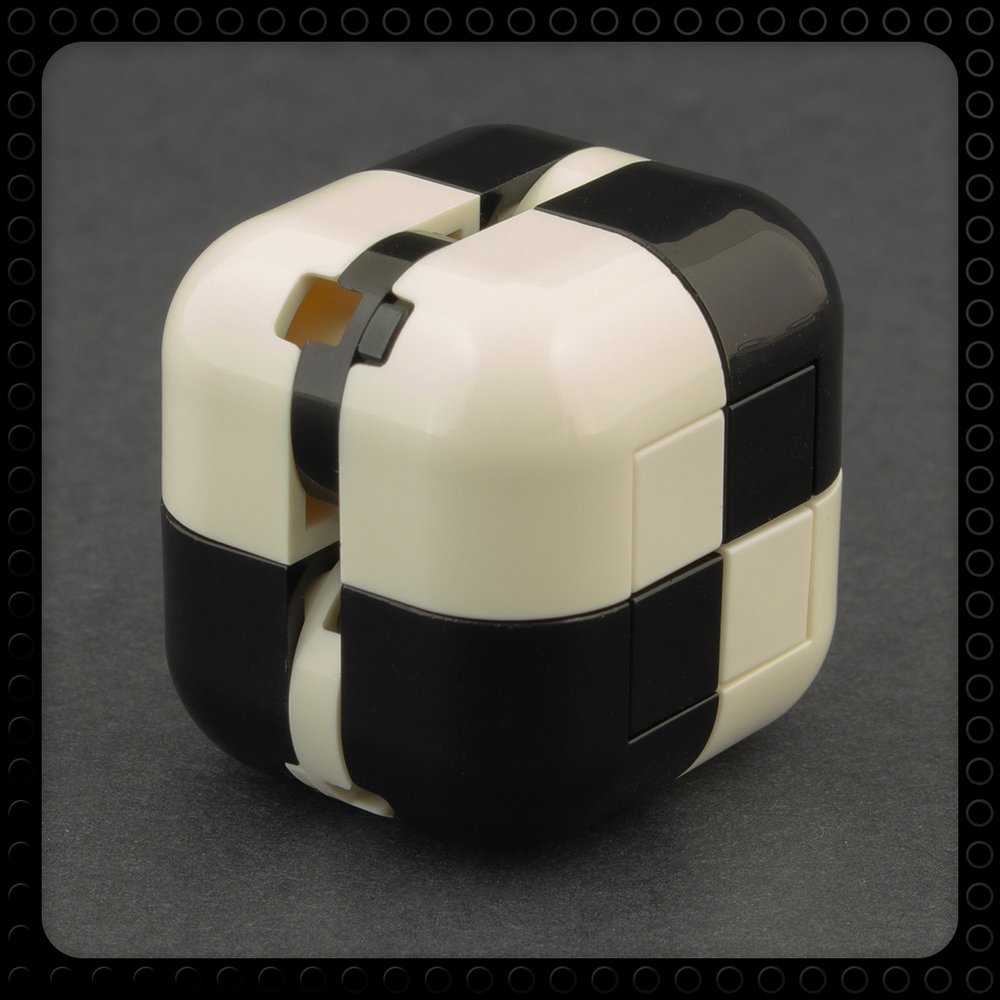
REC 164 by Rylie Howerter
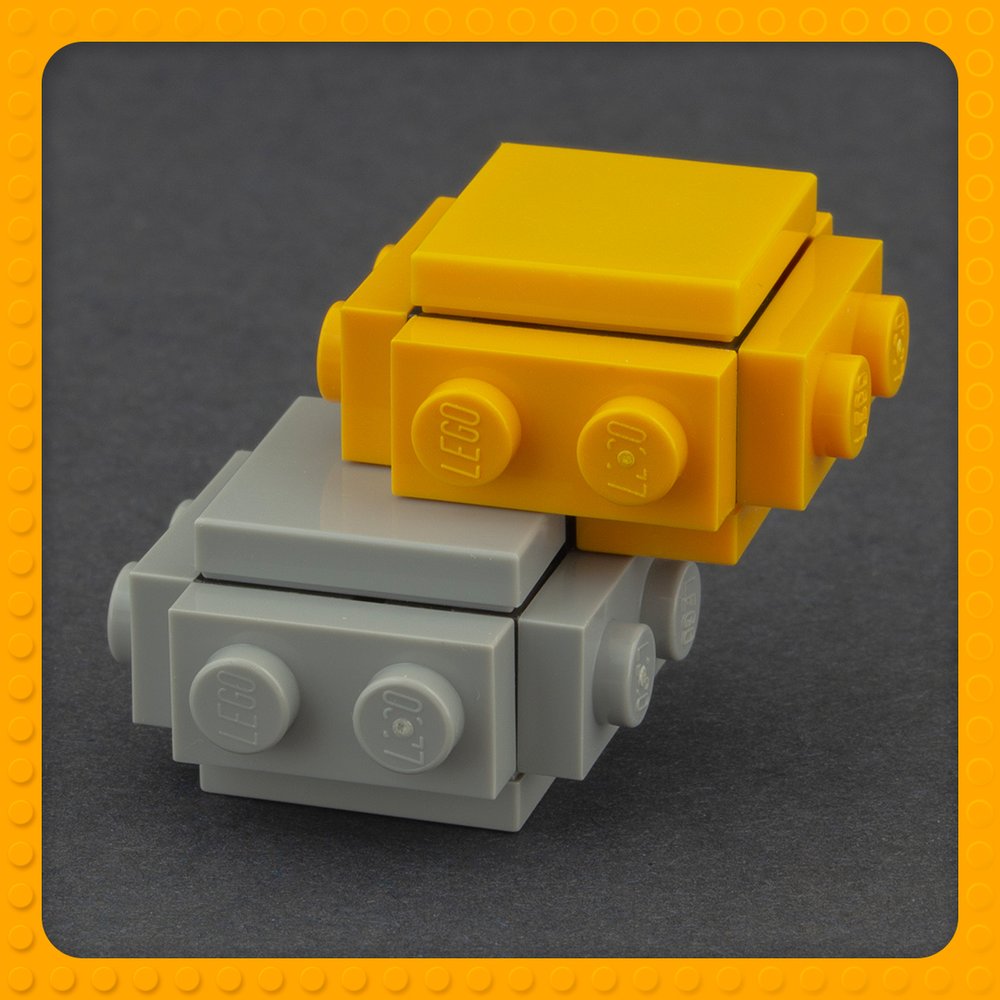
REC 165 by Jack Porter
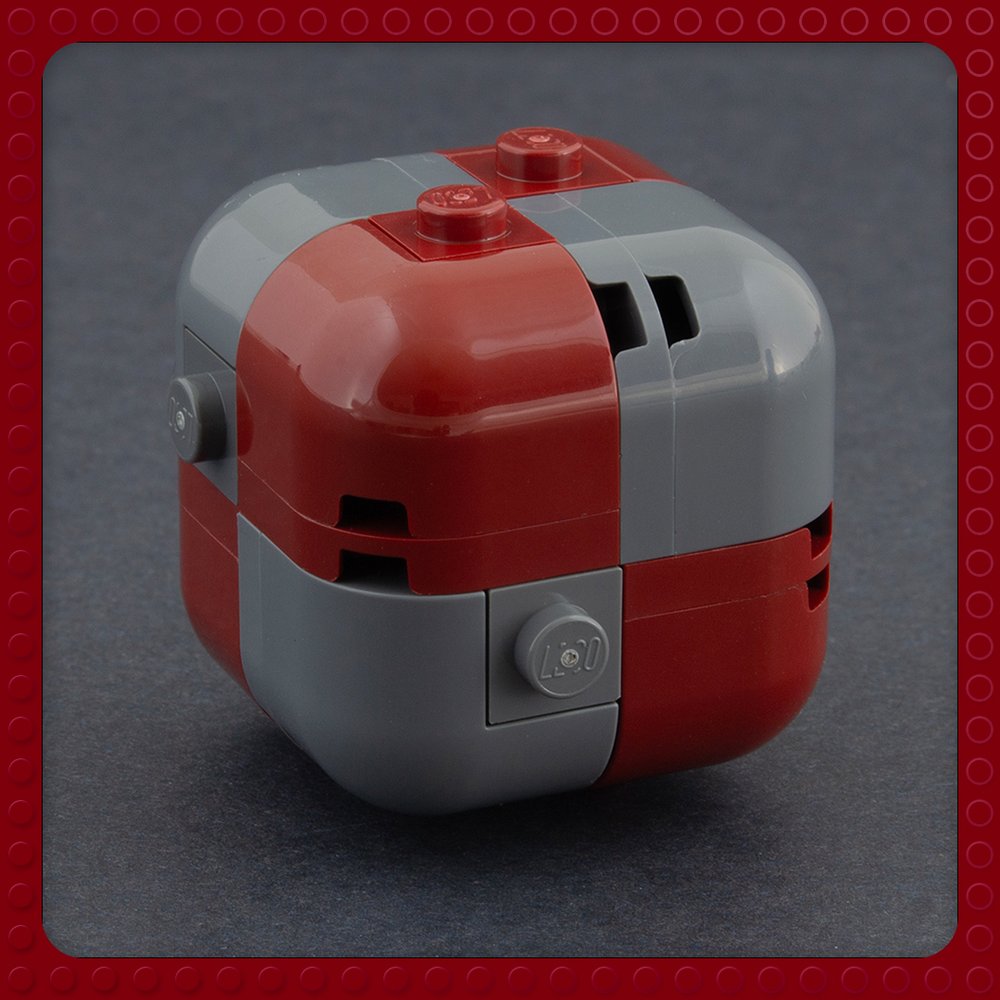
REC166 by Rylie Howerter
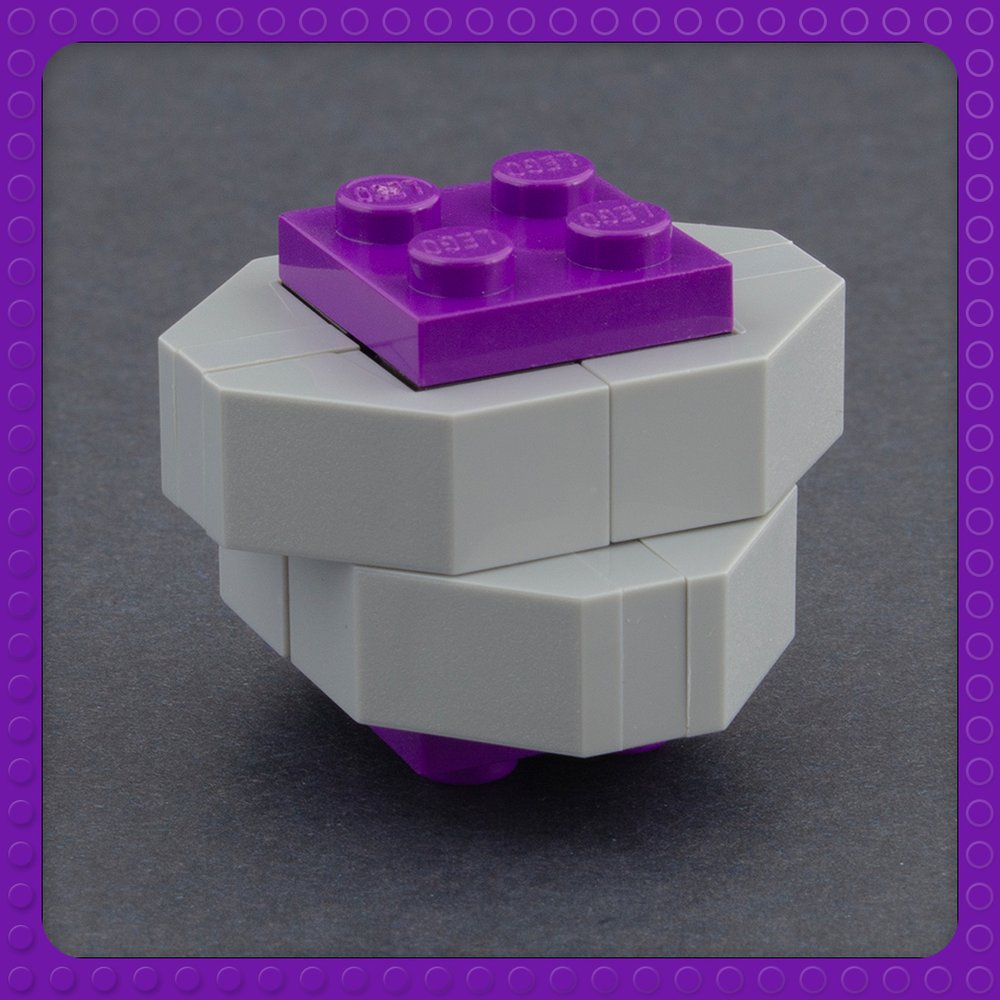
REC167 by Rylie Howerter
Oscar: Thank you so much for this deep dive into the world of LEGO reverse engineering!
Can you solve these ten(!) never-before-seen puzzles? Use your SNOT skills! (Solutions will be made available later through Rylie’s Linktree.)
If you want to learn more about REC and practice your own skills, I highly recommend trying to solve Rylie´s puzzles from 2021 on their Instagram. There are also some more challenges in the REC group on Flickr.
Oh, and here are the solutions from the challenges all the way at the top of the article.
View fullsize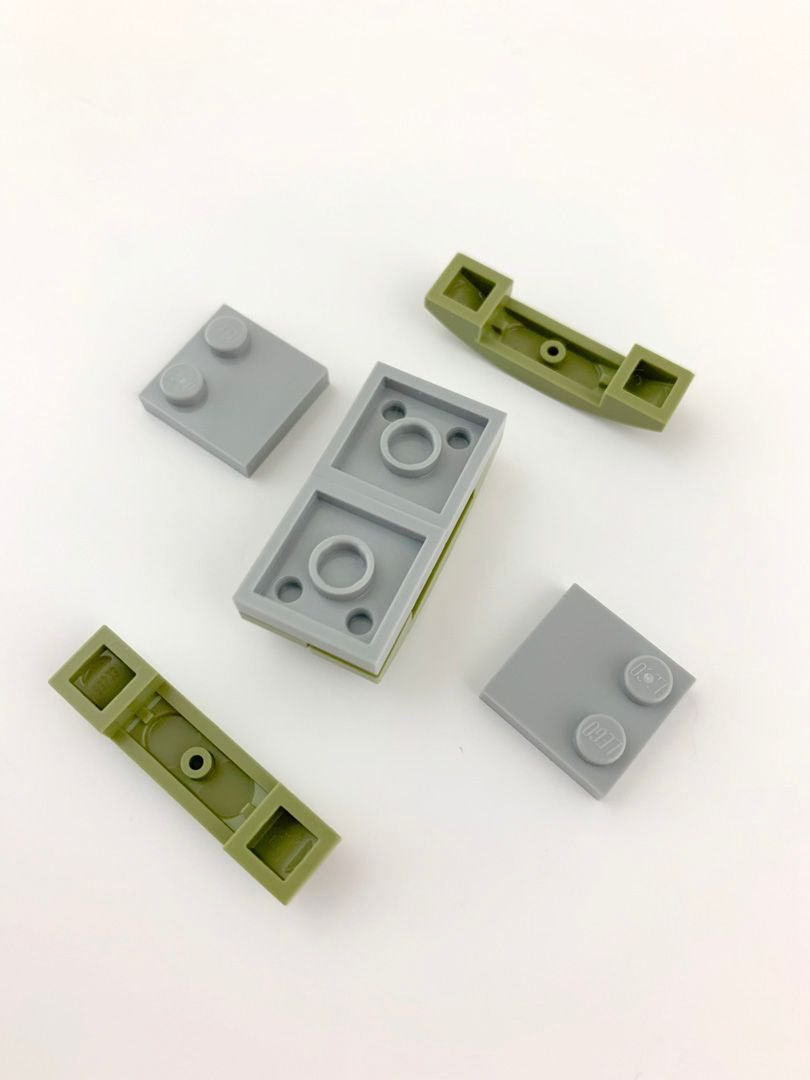
View fullsize
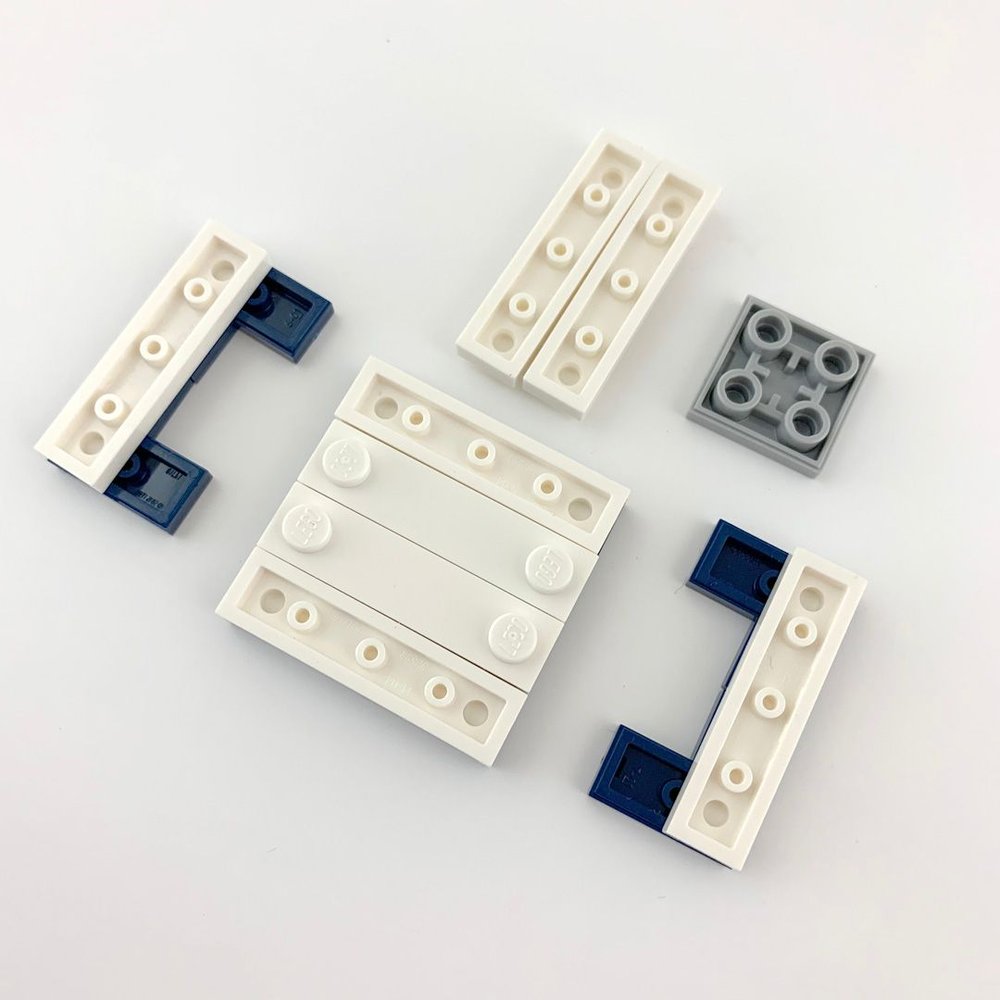
View fullsize
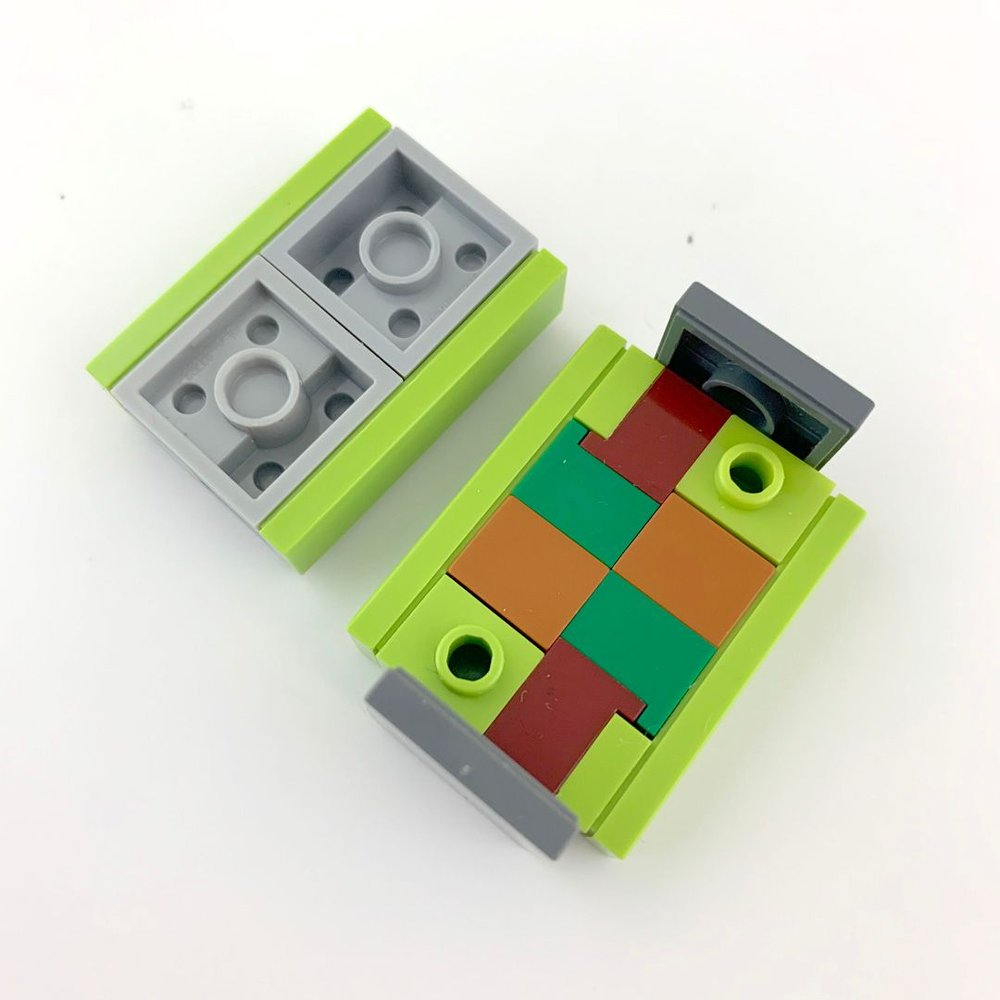
Have you had to reverse engineer any SNOT? Leave your thoughts below.
Do you want to help BrickNerd continue publishing articles like this one? Become a top patron like Charlie Stephens, Marc & Liz Puleo, Paige Mueller, Rob Klingberg from Brickstuff, John & Joshua Hanlon from Beyond the Brick, Megan Lum, Andy Price, Lukas Kurth from StoneWars, Wayne Tyler, Monica Innis, Dan Church, and Roxanne Baxter to show your support, get early access, exclusive swag and more.

